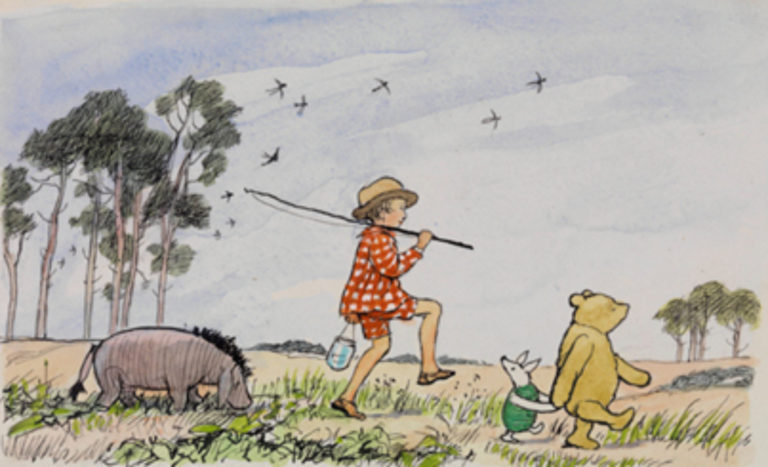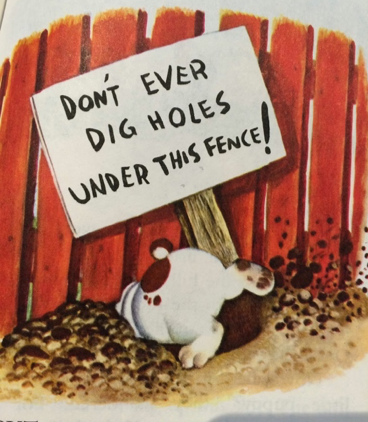
It is said that knowledge of languages is the doorway to wisdom. That it’s the road map of a culture. To speak another language has been likened to possessing another soul. I try conjuring such heightened enlightenment, no doubt fought for by our ancestors, but it stealthily escapes me as we walk through the small medieval German town of Buttenheim.
The cobblestones of the 16th century, born from an earlier Karl the Great decreed superhighway, tell the story of a bygone hustle of trafficking and trading, of a tumult turned tranquil. A town now easily described in ‘elegant and educated’ High German as ‘Tote Hose’ or ‘Dead Pants’ when translating from ‘High English’. Otherwise unpacked in urban street wisdom as “ain’t nothin’ to see here dude.”
Save from being a statutory slur by the all-powerful Karl the Great, the question of how a phrase about pants can become so embedded in a language is surely begged? What’s the actual meaning of ‘Dead Pants’? In the absence of ever witnessing live pants, what the hell are dead ones? Someone, somewhere, sometime, was able to draw a correlating line between no action and pants, and from that point proclaim them ‘dead’. A significant and sophisticated Germanic linguistic development no doubt, duly noted by scholars of the time.
Prompting additional enquiry along this holy trek towards a new doorway of wisdom, it seems imperative to understand just what kind of pants this phrase pertains to? Chinos, jeans, sweatpants, trousers, bell bottoms, cords, breeches, leggings, flares, slacks, daks, kecks, trews, drainpipes, rammies? Crop cut, high-waisted, skinny, baggy, mid-rise, full length, barrel, boot-cut, straight-leg silhouettes, ripped, acid washed, jeggings, low-riders (muffin tops – hardly dead pants- total dreadful pants). The potential for dead pants boarders on the infinite.
Further to categorizing what constitutes a ‘dead pant’, if we had to rate the ‘deadness’ of a town using the highly sophisticated Pants Popularity Index (PPI), then Jeans would have to represent the ‘deadest’ of towns. 2.3 billion roughly represents the number of pairs of jeans sold globally each year. Seriously dead. This equates to 73 pairs of jeans sold per second. Significantly dead. Jeans can travel on average 65,000 kilometres from the cotton farm to your wardrobe. More than once around the world must certainly rank highly on the ‘deadness scale’. According to the United Nations Environment Program, to make a pair of ‘Dead Pants’ takes 3,781 litres of water. While 4 years is the average lifespan of a pair of jeans, which due to the chemicals, dyes and washes involved make up one of the most polluting products in the world. Gravely dead.
But this isn’t a piece designed to induce shame or to make you drop your daks. Nor are these stats included to bore your pants off or scare the pants off anyone wanting to buy a pair of jeans. It’s merely a reflection on the intricacies that make up who we are and how language is a representation of something much broader than the jargon we manifest.
Language as defined by the Webster dictionary is, “The principal method of human communication, consisting of words used in a structured and conventional way and conveyed by speech, writing, or gesture.” References to structure and convention stand to be debated and are significantly subjective to place, time, people, pursuit, and stories. However, like the many washes of our jeans, how we express ourselves is highlighted or fades, is shaped or misshapen, stretched or shrunk by how receptive our heart, mind, body, and ears remain open to new doorways.
There’s clearly a pair of pants for every occasion, style, shape, celebrity, sport, or century. Extending beyond the ‘one size fits all’. There’s an opportunity to charm the pants off an admired one, bore the pants off a trapped listener, catch a wrongdoer with their pants down, beat the pants off a swindler, and scare the pants off the unsuspecting.
But getting back to Buttenheim. In 1847 a Mr Löb Strauss, packed up his pants, left the narrow lane-ways, and flew by the seat of his pants into the New World. An America in which Löb became Levi, the legendary father of denim jeans. A brand of jeans which like language, has shaped culture, created a roadmap, screamed resistance from behind the Berlin wall, shaped aesthetics from James Dean to ABBA, and most importantly anchored Neil Diamond’s “I’d much rather be forever in blue jeans” as a chart topper.
And so, it came to be that a young Jewish boy from a dead pants town, created a roadmap to become the builder of a seriously supercharged Dead Pants empire. Confirming the Chinese proverb that “Language is a treasure that will follow its owner everywhere.” And thanks to Mr Levi Strauss, so will your pants.



Dear niece. It’s been a long time since you wrote!!! nice! I will read the translation later. I’m going to sleep first now. love you xxxx
Thank you 🙂
I love this part of your piece as it is so true in many ways in every person’s life:
“However, like the many washes of our jeans, how we express ourselves is highlighted or fades, is shaped or misshapen, stretched or shrunk by how receptive our heart, mind, body, and ears remain open to new doorways. … Extending beyond the one-size-fits-all!”
By the way, just between you and me 😜 … 501’s used to be my favorites when I was a teenager … I wore them till they were ‘dead’ 😄
Great to see you picking up your writing again … keep going!
I had to think of you and your 501 Levis when I was writing this piece 🙂
Welcome back Wisdom Collector!!! I almost wet my pants reading this!!! Seriously, I did not know Mr Levi came from a dead town!!! He obviously left before the dead buried their dead!!!,😃😃
Glad you liked it! Lots to learn isn’t there!
So fun! Love this Jark! Fab to read your work again. 😘😘😘
Thank you 🙂